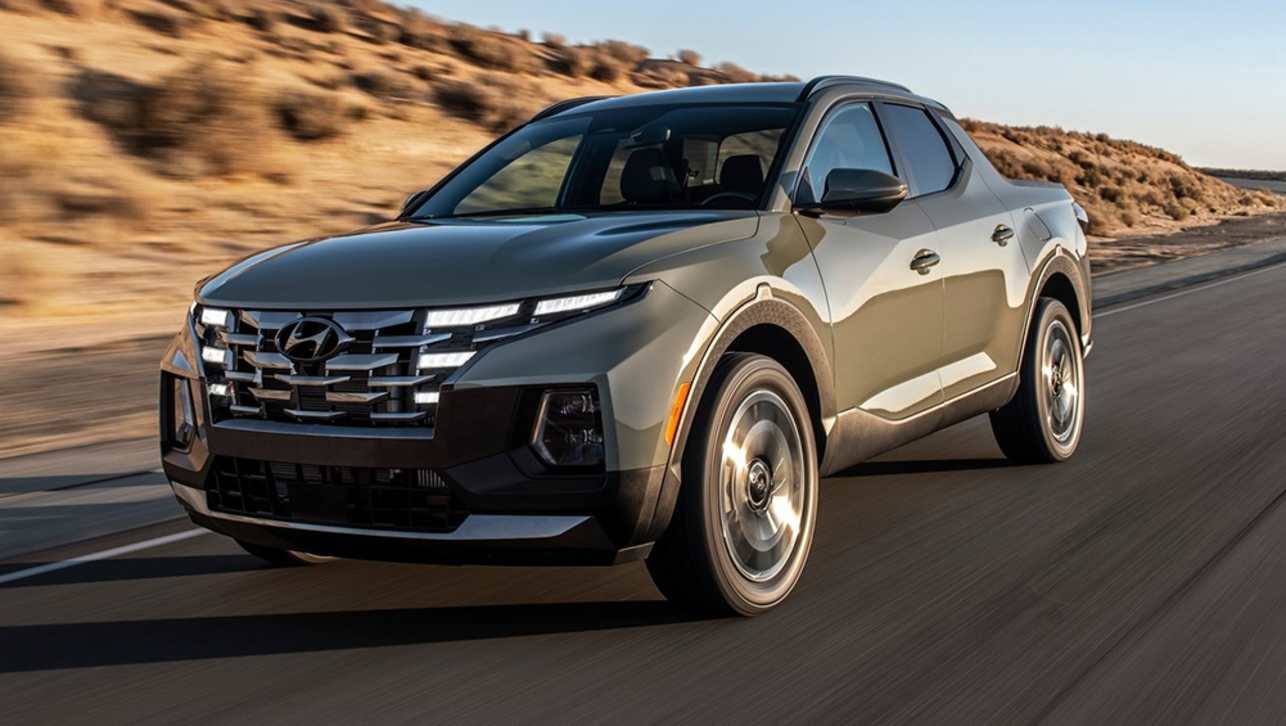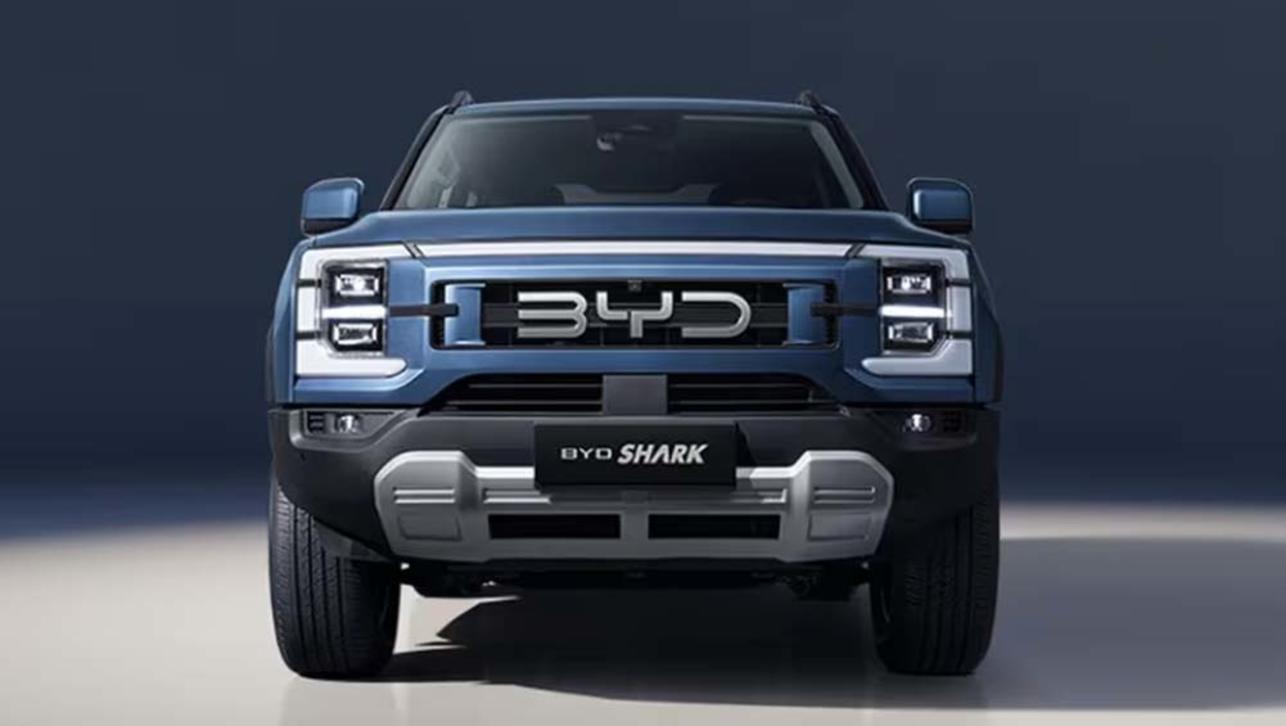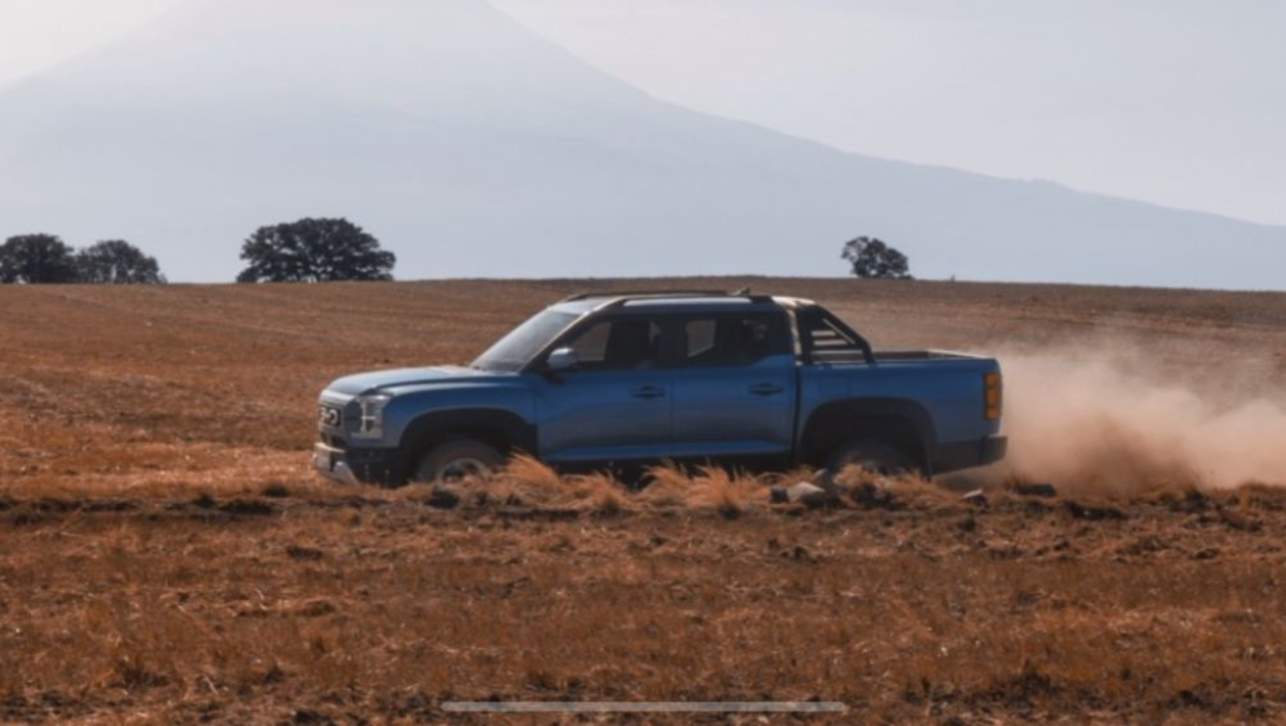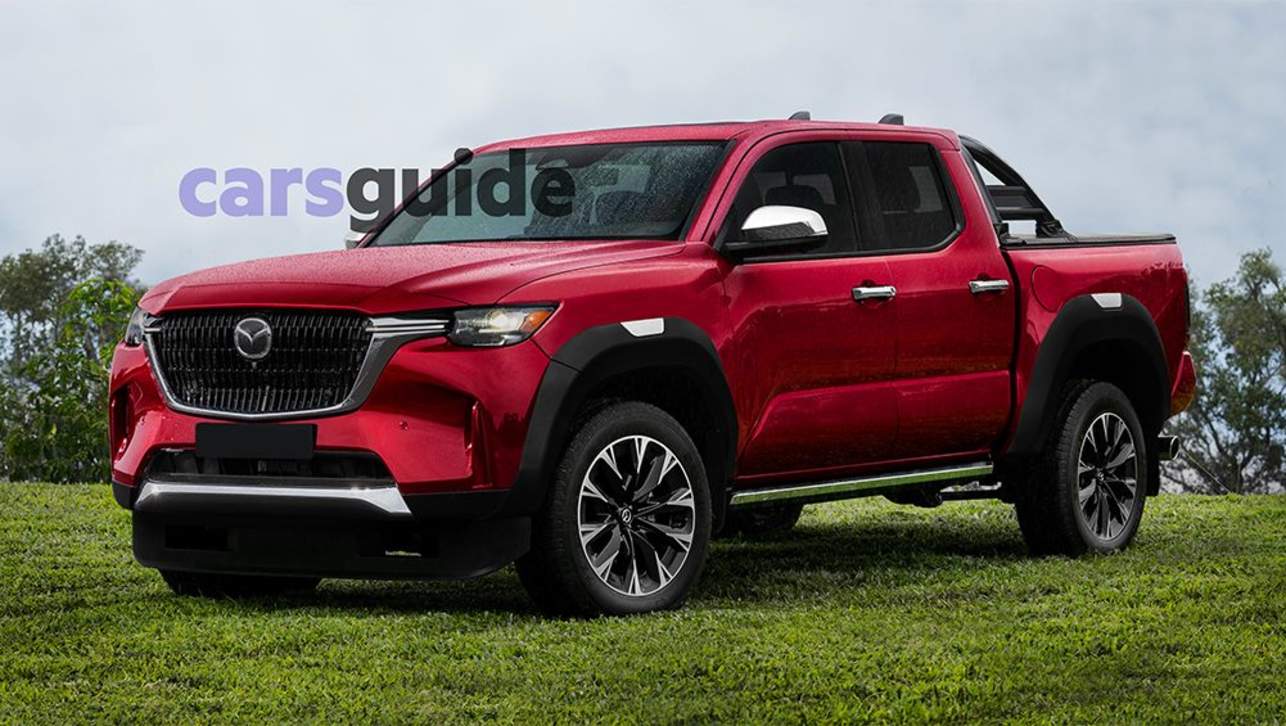It should be taught at primary schools as essential Australian cultural history.
In the early 1930s, a Victorian farmer wrote to Ford requesting a new type of pick-up – one that could take his wife to church on Sundays and pigs to market on Mondays.
It was a close race between Ford and GM-H (which had a similar idea at the time), with the former just pipping the latter to production with the subsequent “coupe-utility” – a world-first model that was adopted globally, while literally helping build a nation back home.
As a rites-of-passage vehicle for young people, it also became something a whole lot more – and through scores of models bearing badges such as Zephyr, Falcon, Kingswood and Commodore.
Nowadays, of course, with local manufacturing a thing of the past, these have been replaced by the likes of the Ford Ranger, Toyota HiLux, Isuzu D-Max and Nissan Navara, but we’re talking trucks here – ladder-frame chassis workhorses that (Ranger excepted) neither the farmers nor their animals would find as comfy or refined as a VF Commodore.
With such storied history, legacy and fondness for the breed, you’d think the remaining multinational car manufacturers building similar vehicles would be tripping over themselves to serve Aussies hungry for a ute. Instead, we’re met with a stone-faced and cold-hearted “No!” when questioned about why a market reared on utes would be denied access to them.
Yes, we understand the economics behind not importing these utes from factories far-flung across the globe, especially when they’re currently not available in right-hand-drive (RHD) configuration.
We’ve heard the arguments dozens of times: projected volumes for RHD are too small to justify the required investment in engineering and production; these are not strictly like the old rear-drive sedan-based utes Aussies expect; they don’t have the powertrain choices consumers demand; they don’t have the towing or payload capacity needed to succeed.
Our counter argument is that the company that rolls the dice and takes a chance on providing Australians with one of the new wave of high-riding SUV-based monocoque dual-cab utes with the comfort, safety, agility, performance and efficiency of the vehicles that begat them has a chance of staking a unique niche in our market.
Never mind that both Holden and Ford sold Australians utes in one form or another for over 80 years. Subaru proved that buyers are willing to support such a vehicle with the legendary Brumby from the late 1970s to the early ‘90s; and Proton (remember them) had some success with the Mitsubishi CC Lancer-derived Jumbuck a decade later.
Plus, in the case of the Ford, Hyundai and Honda, these feature platforms with components that have already been engineered for RHD in related passenger car and/or SUV models.
So, without further ado, here are four fresh car-based utes you’re likely barred from ever being able to buy.
2022 Hyundai Santa Cruz

Related to the popular Tucson medium-sized SUV, the Santa Cruz has had one of the longest public gestations of any vehicle in living memory, being first touted as a concept way back in 2015.
The production version heading for lucky Stateside buyers is very Tucson inside, from the multimedia and dash design to the car-like comfort and ambience, while a 2.5-litre four-pot engine in naturally-aspirated or turbo options provides the necessary grunt.
Hyundai’s variable HTRAC all-wheel-drive system and MacPherson strut-style front/multi-link independent rear end are fitted, along with a host of driver-assist safety gear that would make the Hyundai a mandatory addition on every OH&S officer’s wishlist. Towing capacity, by the way, varies from 1588kg to 2268kg – so the Santa Cruz isn’t completely useless as a workhorse.
Predictably, Hyundai says that no RHD production is planned out of the Alabama, USA facility, as this is primarily a North American-market proposition.
2022 Ford Maverick

“It’s not available in RHD… end of story.”
That’s Ford’s tired old response to a vehicle that is based on the same C2 architectural components as two models available in Australian dealerships – the Focus small car and Escape mid-sizer – as well as one that, bizarrely, is not: the rugged Bronco Sport.
The Mexican-made Maverick has yet to be unveiled, but spy shots have revealed a son-of-F-Series, sub-Ranger, squared-off dual-cab that would resonate with the ute heartland in Australia as surely as 56 years of Falcons did.
Petrol-powertrain choices would also be familiar to Aussie Ford customers – a 1.5-litre turbo-petrol triple or gutsy 2.0-litre four-cylinder turbo – with front or AWD, torsion beam or multi-link rear ends and a variety of trim levels, including a base steel-wheeled grade that is said to undercut the cheapest Ranger by over $4000 in the USA.
Speaking of the latter, perhaps Ford Australia is too precious about in-house competition for the Ranger, as it has been the global development homeroom for the best-selling medium-sized pick-up truck since the current T6 surfaced in 2011.
If you like what you see, we suggest you petition your Ford dealer now.
2021 Honda Ridgeline

Honda has been plugging away at the car-based high-riding ute thing in America for a surprisingly long time, releasing the original Ridgeline all the way back when the VZ Commodore ute was current in 2005, while the existing YK2/3-series first saw the light of day in 2016.
Fun fact – it won the 2017 North American Car of the Year award.
Like the Hyundai and Ford, the Honda basically leans on medium sedan/SUV architecture to support its monocoque ute aspirations, but the Japanese brand diverges with a big 210kW 3.5-litre V6 driving either the front or all four wheels, via a nine-speed torque-converter auto.
The Ridgeline’s success in North America may have prompted Hyundai to follow suit with the Santa Cruz. It’s probably a coincidence that both are built in Alabama.
While the age of the Honda likely precludes it from ever making the trip across the Pacific, the box-fresh Hyundai would suffer no such obstacle.
2021 Fiat Strada

OK, we’re not expecting the Fiat Strada ute to wash up on our shores at all. Not even wearing Jeep branding or any other of the Stellantis nameplates it belongs to.
However, it is an example of how car makers have made hay in a specific niche, to the point where the Strada has been Brazil’s best-selling model this year. That’s the country where the smartly-attired Toyota Yaris supermini-sized Fiat is also manufactured.
At just under 4.5-metres long, the Fiat is nearly a metre shorter than the HiLux, so in the unlikely event of it ever appearing in Australia, it would be considered a sort of modern-day Proton Jumbuck replacement, rather than a meaningful rival to the Ford, Honda or Hyundai.
To that end, it comes in single-cab or dual-cab configurations, and under the bonnet is a choice of sub-1.5-litre naturally-aspirated petrol engines, driving the front wheels via five-speed manual-only gearbox.
Laugh if you must, but even with such modest specification, the Strada would probably become the bestselling Fiat in Australia given half a chance…





.jpg)


.jpg)


.jpg)


.jpg)
.jpg)




.jpg)

.jpg)


.jpg)
.jpg)


.jpg)

Comments